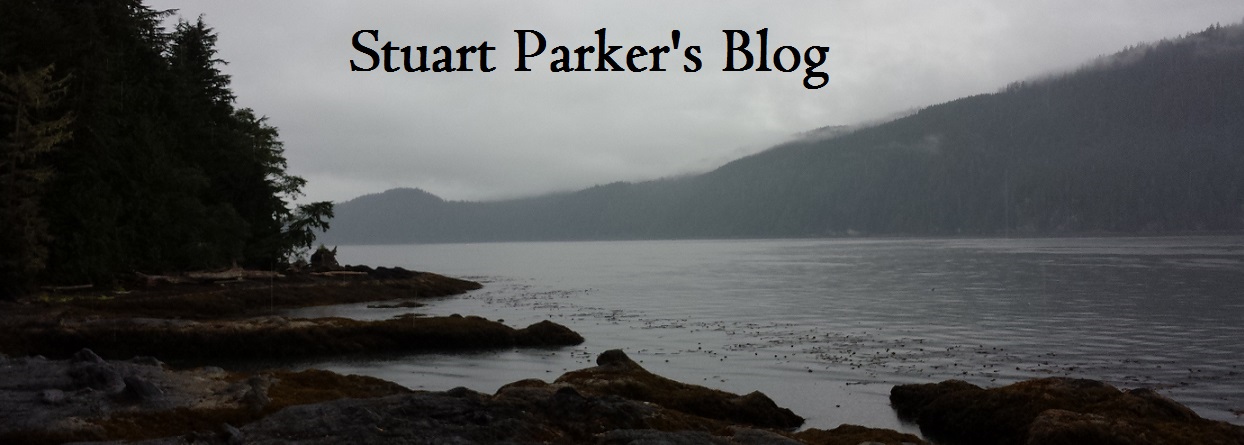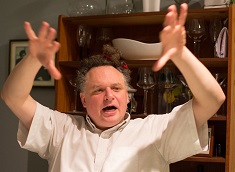If the South African Truth and Reconciliation process was a consequence of a particular kind of transfer of power in the context of a particular political era (i.e. a transition to black majority rule during the brief Pax Americana period and rise of neoliberalism), what was the context that produced Canada’s TRC?
First of all, let us be clear on what it was not:
- It was not part of a transfer of power or regime change. Even in Indigenous-majority areas, no changes to the political system took place preceding or as part of the TRC.
- It was not created as a process for all Indigenous victims of settler colonialism to air their grievances and seek redress. It was created to address one harmful aspect of the colonization of Indigenous people, and others only insofar as they pertained to this one aspect i.e. the Indigenous residential school system.
- It was not initiated by the government, nor was it a process that was negotiated bilaterally between Indigenous people and the state. Its primary impetus came from two important sets of actors who had played a major role in shaping the TRC and its parameters, i.e. Canada’s mainline churches (Anglican, United, Presbyterian, Roman Catholic) who had run the system on behalf of the state and the churches’ insurance companies.
- The government was not under any substantial legal or financial pressure from external or internal forces to conclude an agreement that was not advantageous to it.
While this made it considerably different from the South African TRC, it shared some important features with South Africa’s TRC:
- Corporate malefactors were immunized from prosecution based on TRC findings because the agreement that created the TRC was an agreement between the churches, the state, their insurance companies and representatives of Indigenous people to admit limited liability and pay predetermined compensation to surviving victims.
- There was an implied immunization of individual malefactors in the agreement determining the damages and setting up the TRC using some of these funds.
It is important, when thinking of the Canadian TRC, to understand that it came into being not to solve a problem of political legitimacy, like South Africa’s, but instead to solve a financial problem. Canada’s four mainline churches and its federal government were being sued by approximately half of the residential school survivors for pain and suffering and other forms of civil court damages for the abuse and neglect they experienced in residential schools. The insurance companies representing the churches and the state had a strong financial interest in reducing the size of their payouts in compensation and in preventing the courts from imposing a settlement that might be more costly than the one they could negotiate.
Under the neoliberal administrations of Prime Ministers Jean Chretien, Paul Martin and Stephen Harper, Canada’s government had thoroughly internalized the key principle of post-1860 capitalism: use the power of the state to reduce private sector costs. Because the TRC was understood to be part of the compensation to victims, costs the government took on in staging the commission could then be used to defray the cost of state, church and, most importantly, insurance industry liability.
The settlement mandating compensation of survivors (wrongful death compensation for families had been negotiated-away in 1998) included the creation of the TRC and was signed by Martin’s government in 2005 but implementation was left to the Harper government when it took power in 2006.
So, let us be crystal clear: Canada’s TRC was part of a larger strategy for limiting the direct costs of insurance industry and church liability for crimes committed by joint employees of the government and the country’s four mainline churches. It would not have been created had the government not been a party to a protracted negotiation among survivors, churches and major insurance companies. Canada did not wake up and politically decide it needed a TRC to address its past; the TRC was part of a massive court settlement designed to limit financial exposure for state, church and the insurance industry.
Obviously, First Nations leadership also agreed to this and, within that group, there were those who had long been calling for a TRC, based on the romanticization of South Africa’s decolonization and switch to democratic majority rule. But it must be understood that this was not the state capitulating to political demands for political reasons. The state staged the process in exchange for reductions in its liability and that of its partners.
It should therefore surprise no one that almost no recommendations by the TRC have become law or regulations. Following the recommendations of the commission was never part of the agreement, merely its staging.
Of course, most non-Indigenous Canadians have not noticed this unfortunate aspect of the TRC. We tend to see it as a net positive, a favour we did Indigenous people that serves as a foundation for some nebulous nonsense we call “reconciliation.”
But, in reality, we are the primary beneficiaries of that favour because of the distinctive character of Anglo Canadian affect i.e. emotion politics.
Because of the nature of the protracted process from 1965-82, when we re-founded Canada as an inherently progressive, liberal state, Anglo Canadian settler nationalism has a unique politics of emotion, distinct from the nationalism of other white settler states like Brazil, Argentina, Uruguay, the US, Australia and New Zealand.
As I have said in numerous other blog posts, white Anglo Canadians tend to bifurcate our history into two parts: (a) our past as a violent, racist white settler state run by evil, stupid racists and (b) the present and very recent past, which is completely disjunctive with the rest of the past. In this formulation, all good things come from us and all bad things come from our ancestors, who are wholly culpable for genocide, racism and a host of other crimes.
In this narration of our history, our ancestors did evil things because they had evil intentions. And we have borrowed Christian fundamentalist proof-texting practices to reinforce this belief. We take a handful of statements, often out of context, made by Victorian-era politicians and use them to somehow “prove” the non-existence of all the do-gooders who ran the system thinking they were acting to “save” Indigenous people from extinction, or to end child labour, or to make literacy universal, or to improve public health. Because John A MacDonald and members of his cabinet were clearly motivated by racial animus and did not care if Indigenous people died, every single one of our ancestors therefore also held the identical views and every single residential school employee was an evil, murderous racist who hated every one of their charges.
Because we are members of the first-ever generation of Canadians who have good intentions, it follows, the TRC and things like it exemplify this new Canada, run by the first empathetic, sensitive generation of white people in the history of the human race. That is why we don’t need to check on whether we have fixed the water systems on reserves or implemented the TRC recommendations. We know we have because good people do good things and bad people do bad things.
But what is our evidence that we are good, besides the new flag (1965), official adoption of multiculturalism (1971), new national anthem (1980), new Charter of Rights and Freedoms (1982) and, to cap it all, the TRC (2015)? The answer: our tears.
While the TRC provided no tangible benefit to survivors of the residential school system, and, in fact, drained money out of compensation settlements, it provided a key intangible benefit for Anglo white settlers: catharsis. By crying with those brutalized by our system, we engaged in yet another episode of tearful ancestor-blaming. Crying with, as evinced in the BC legislature’s adoption of UNDRIP, has been a key strategy whereby settlers appropriate the grief of survivors at our systems of abuse and violence, as something we co-own. Rhetorically, instead of taking ownership of our ancestors’ mistakes, arising from both good and bad intentions, we appropriate the role of victim, making ourselves the secondary victims of our ancestors’ actions and institutions, rather than heirs to their vast windfall of stolen land.
These days, Canada’s ongoing colonialism is powered, first and foremost, by settler tears. That is why we have chosen an actor with a villainous ancestor to be our Prime Minister. He cries for us. And his tears wash the blood off our hands.
Settlers love the TRC because, in our minds, reconciliation has begun because we and our victims have all had a good cry together, just the way a family does when the wife and kids return from the battered women’s shelter to hear the abusive husband’s empty promises and professions of love for the umpteenth time.
In the land of lame holidays, in which our Thanksgiving was proclaimed as a national holiday in 1879 to celebrate the future Edward VII’s recovery from a childhood illness, while his mother was Queen of England and Empress of India, I guess Truth and Reconciliation Day shouldn’t surprise me.
But it does.
We have proclaimed a national holiday to celebrate being pressured by the insurance industry to stage a national catharsis and then ignore all recommendations arising from said catharsis. We are celebrating a tort limitation strategy used to defray the costs of settling a lawsuit by people we raped, assaulted and tortured (but not murdered—we excluded wrongful death awards), whose substantive calls for reform and justice we choose to ignore every time we convene the House of Commons.
Of course, we should celebrate. We got ourselves out of a financial jam and had a big cathartic cry. So why not dedicate a whole new holiday to our own crocodile tears and to the ingenuity of Canada’s insurance industry?

